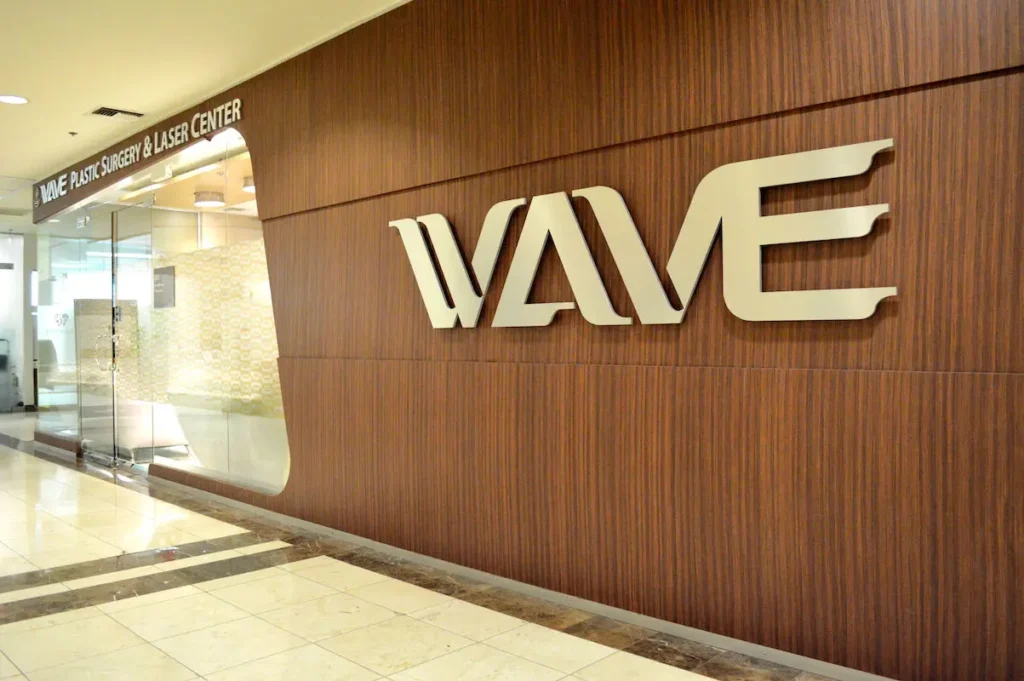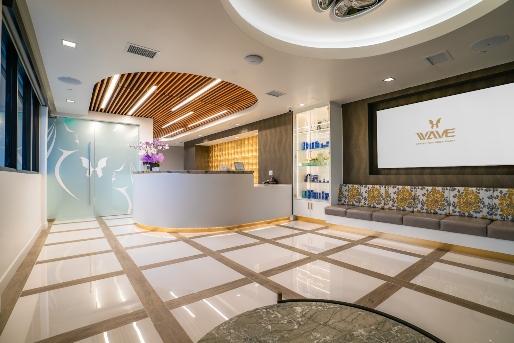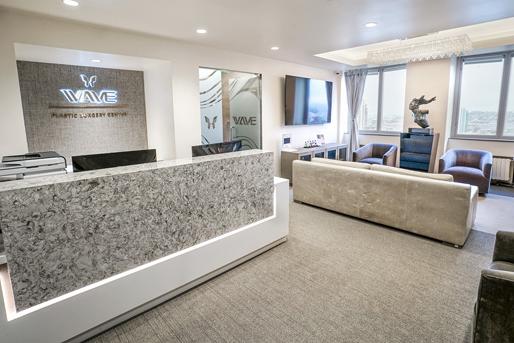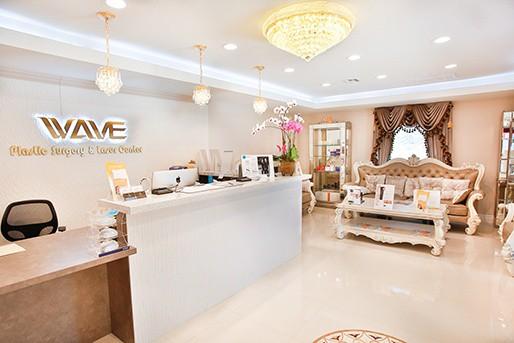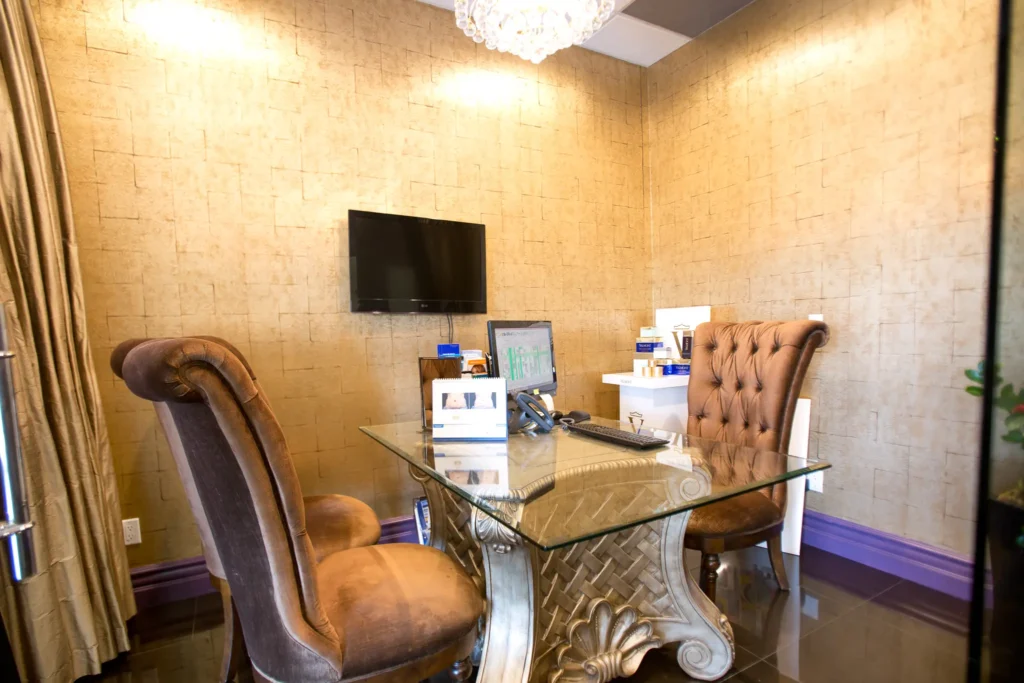Aging is inevitable for everyone and is something all of us eventually notice as visible signs of aging appear, especially on the face. Wrinkles, sagging skin, and loose tissues can affect your self-esteem and make you consider getting a facelift. These features can influence you to get a surgical procedure to lift your facial features and rejuvenate your appearance. But what is the best age for a facelift?
The condition of your skin is critical in projecting your facial appearance. But constant years of sun exposure, dirt and dust, and other daily life stresses can accelerate your aging process. As time passes, conditions like wrinkles and fine lines on the face develop into permanent folds and creases on the face.
A facelift rejuvenates and refreshes the appearance of your face, making it look more youthful. This post provides an in-depth overview of what you should know before deciding whether you are the right candidate (age) for a facelift procedure.
When to get a Facelift
So, what age should you get a facelift?
The best age for undergoing a facelift procedure is when you want it. Although the average age for a facelift is a common topic in cosmetic discussions, it’s crucial to understand that individual needs and physiological factors often take precedence over generalized age norms. There’s no right or average age for cosmetic surgery when it comes to looking your very best. Researchers have not placed any hard and fast rules about being the “right” age to undergo facial plastic surgery procedures. However, this does not necessarily mean anyone can take a facelift.
A facelift will not be the best surgical option for people under 30 years old. It is also highly questionable whether people in their 30s should consider the surgery. There need to be unavoidable signs of aging before considering anti-aging cosmetic surgery. If you’re considering a facelift at 30 (or before and after), it’s important to note that patients in their 30s and younger may achieve more noticeable results with non-surgical procedures. Generally, the best age to get a facelift, revision, or reconstruction treatment is typically 40 and older.
Most people in their 40s, 50s, and 60s are always in a better position to appreciate the benefits of a facelift. That’s because, from age 40+, the signs of aging become more prevalent. Wrinkles, deep lines, sagging skin, and jowls start to form, which the facelift procedure can target more effectively. A noticeable transformation can be observed in a facelift before and after 60 years old. Even a facelift at 40 can bring significant positive changes. However, it is essential to manage expectations, as a young individual may not experience the same level of facial rejuvenation and could potentially be dissatisfied with the outcome.
Therefore, there’s no one definitive age bracket a patient needs to fall into to consider trying the facelift procedure. Everyone is different, and people age differently at their natural rite. With that said, the appropriateness of facelift surgery (like other cosmetic operations) is personal and depends on the patient. You need to choose the right path for you after getting your surgeon’s advice and exploring the resources that can help you make an informed decision.
Ideal Candidates for a Facelift
Knowing the average age for facelift surgery is critical for helping you see the best results from the operation. But who is the best candidate for a facelift? And what is the best age for a facelift?
Anyone in good health who is starting to notice the signs of aging and wants to get rid of them is generally a good candidate. But rather than focusing more on a specific age, we also recommend watching out for the following signs before considering a facelift:
- Loss of jawline definition
- Wrinkles underneath the eyes
- Excess fat deposits in your neck
- Deep lines around your nose and corners of your mouth
Talking to a professional anti-aging expert gives you the best advice on which facelift procedure to take for your trouble spots and to meet your goals. A professional can show you some facelift at 50 before and after examples, go over the risks and potential benefits of a facelift on a young person, and help you understand the long-term effects of various procedures you may want to consider.
Types of Facelifts Available
The key to understanding different types of facelifts is knowing the basic anatomy of your face, particularly the skin, muscles, and fat pads. Questions surrounding the average age for facelifts often arise as individuals aim to find the optimal balance between their aesthetic desires and genuine needs. After all, when learning about the best age for a facelift, the type of procedure can determine the right answer in your situation. When considering a facelift, age plays a pivotal role in determining the extent of intervention and expected outcomes. For example, the best facelift for a 60-year-old will likely be different than the best option for a facelift in your 40s. This segment explores other options patients can consider for their facelift surgery.
Endoscopic Mid-Facelift
As you age, repeated muscle contraction, lifestyle changes, and the effects of gravity can cause the skin, muscle, and fat on your mid-face (area between your lower eyelids and mouth) to move downward. An endoscopic mid-facelift restores the natural curves of your mouth and the fullness of your cheeks by moving the underlying muscle tissue back to the normal, more youthful position.

Endoscopic Facelift (Wave Lift™)
This facelift surgery is exclusively designed by Wave Plastic Surgery and can be performed under local sedation and anesthesia. Wave Lift is minimally invasive and results in less scarring. It also has a shorter recovery period compared to other facelift options.
Wave Lift surgery uses the patient’s natural ligaments to lift the face and hold them in place. During the Wave Lift, our team at Wave Plastic Surgery pays particular attention to the patient’s nasolabial fold (smile lines).
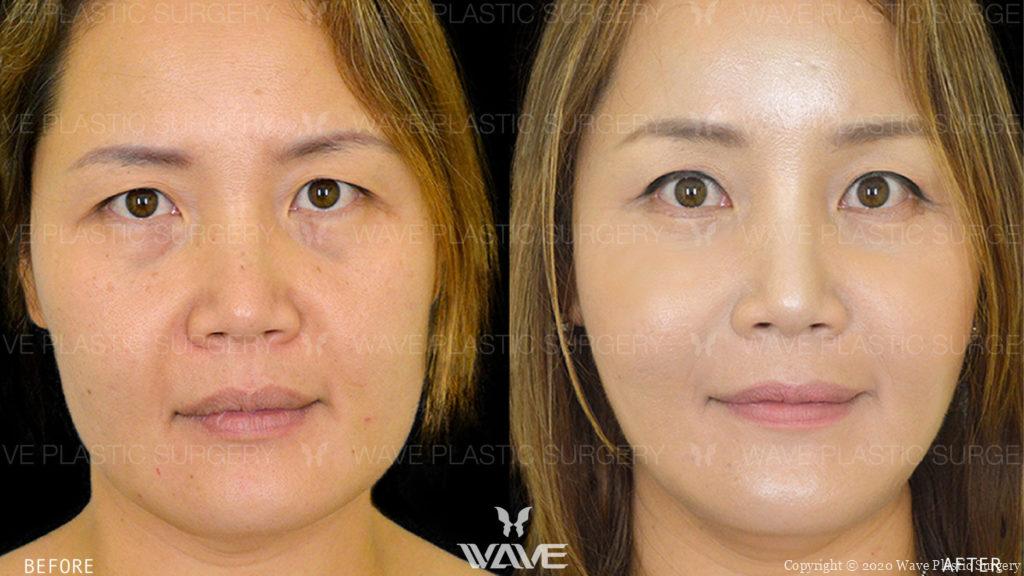
Face & Neck Lift (Cure Lift XL™)
The Face & Neck Lift can easily remove 10+ years of aging, giving you a younger, more refreshed version of yourself. This facelift option can minimize the signs of aging in your face and neck and restore your confidence and well-being. The CureLift face surgery is also exclusively available at Wave Plastic Surgery and has proved to be highly effective compared to alternative traditional facelifts.
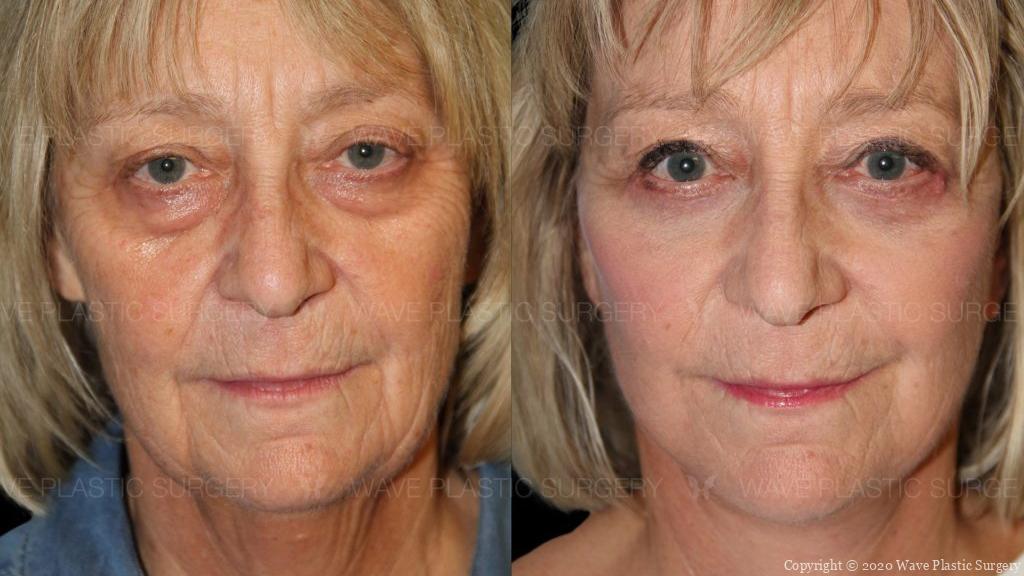
High Extended SMAS Face & Neck Lift
The Superficial Musculoaponeurotic System (SMAS) procedure is the most comprehensive of all facelifts and is ideal for patients who desire the maximal facial improvements available from the facelift procedure. This facelift procedure targets the muscle and tissue layer stretching from the ear to the neck.
The SMAS Face & Neck Lift tightens and re-suspends the underlying tissue to re-elevate the facial structures of your face, repositioning the tissues on your face to their more youthful location.

Common Reasons to Consider a Facelift
Many things change as people age, especially on the skin. Our skin starts to sag, wrinkles begin to form, and hair starts to grey and fall off. But not everyone will be okay with these changes as they impact their personal, social, and career life.
This segment explores common reasons people consider getting a facelift:
Loose or Sagging Skin
The improved tightness of the patient’s skin is one of the most noticeable differences you will notice after a facelift. The skin loses its elasticity, resulting in sagging and wrinkles along the face and neck. These features can cause a significant blow to some people’s self-esteem and even impact their work life. A successful facelift helps create a more youthful face by improving the appearance of loose skin.
Lasting Results
Facelift surgeries can last a decade or more and will save you countless trips to a cosmetic surgeon for touch-up injections and other procedures. However, you should note that lasting results depend on factors like facial structure, the type of surgery performed, and the corrected issues.
Loss of Facial Volume
The loss of fat from the face is another effect of aging that results in a hallowed, exhausted-looking experience. A facelift not only tightens your skin but can also restore your face’s volume with proper grafting. This will result in a more refreshed facial experience.
Sagging Jowls
As you age and your skin becomes thinner, excess skin forms around your jawline (jowls), giving you a saggy facial appearance. A facelift helps remove jowls, tightens tones, and sculpts all sagging skin to give you a more defined face. When looking at examples of a facelift before and after, 30-year-old patients may not see a big difference because issues like sagging jowls have not started to develop. But for people in their 50s and 60s, the changes in definition can be massive.
Preventive Care
The average age for facelift surgery varies since the natural contouring of the face can diminish its definition differently across individuals. Many people proactively seek care and embrace procedures, including medical dermal treatments, early in their lives. This approach aims to prolong their youthful appearance. By incorporating treatments like facelifts, they actively address areas commonly exhibiting signs of aging, ensuring their skin remains well-nourished and rejuvenated.
Schedule Your Facelift Today with Wave Plastic Surgery
There is no defined or best age for facelift surgery. As mentioned above, people age differently, and “facial flaws” like deep wrinkles, facial folds, and sagging jowls can lower your self-esteem. A proper facelift surgery is the best, long-lasting solution to help you look and feel more youthful.
Wave Plastic Surgery can refresh your facial appearance using surgical procedures like a facelift tailored to your specific surgical needs. Our surgical experts can help transform your appearance and help you meet your cosmetic goals, regardless of age.
Visit one of our locations or contact us to schedule a free consultation about our facelift services and anti-aging procedures.























